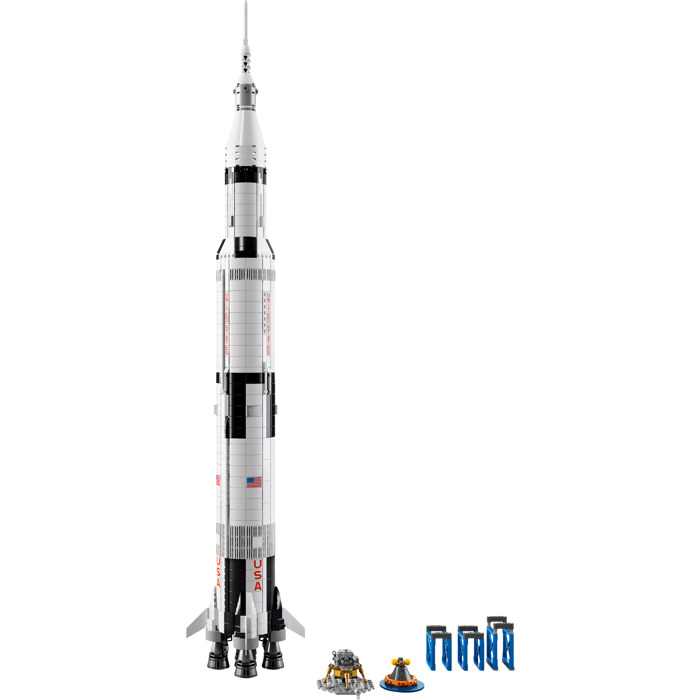How does LEGO Ideas platform leverage user creativity to discover long-tail product demands?
Hello! As a longtime LEGO enthusiast, this question really hits close to home. The LEGO Ideas platform is pure genius. Let me explain in plain language how it transforms our 'niche hobbies' as ordinary fans into official LEGO 'bestsellers'.
How Does LEGO Ideas Leverage User Creativity to Discover Long-Tail Product Demand?
Imagine LEGO as a massive supermarket. The prime spots on the shelves are always stocked with the best-selling items, like the "Star Wars" series, "Harry Potter" series, or "City" sets. These are the "headline products" – crowd-pleasers with guaranteed sales.
But supermarkets also have lesser-known corners filled with specialty items, like a specific vegan sauce or a snack from a small local region. Most people might walk past them, but there's always a dedicated group who absolutely love them and make a special trip just to buy them. These are called "long-tail products."
LEGO faces a similar situation. They couldn't possibly have known how many people wanted a detailed LEGO model of Central Perk café from the classic TV show Friends, or a meticulously designed vintage typewriter model. These demands are deemed too "niche" – the risk and cost of internal research and development are high. What if nobody buys it?
The LEGO Ideas platform solves this problem perfectly. It acts as a discovery stage for "unofficial masters" and a hyper-accurate market research tool.
Here's how it works, step by step:
Step 1: Got a Great Idea? Show It Off! (Crowdsourced Idea Collection)
Anyone passionate about LEGO with a great idea can build their dream product using LEGO bricks (digitally or physically) and submit their design, instructions, and concept story to the Ideas platform.
- What problem does this solve? The source of ideas is no longer limited to LEGO's internal design team. Millions of LEGO fans worldwide each have unique interests: astronomy enthusiasts, classical music lovers, die-hard fans of obscure old movies… The sheer diversity of ideas generated is impossible for LEGO to conceive internally.
Step 2: Liking = Support, Building Momentum! (Initial Demand Validation)
After you submit your project, LEGO fans worldwide can see it. If they like your concept, they can vote for it (called "Support"). This process is similar to liking something on social media but carries much greater significance.
- What problem does this solve? An idea is no longer just admired by its creator. For example, if an idea for a LEGO globe gains thousands of votes quickly, LEGO knows: "Hey, there isn't just one or two people interested in a buildable, rotating LEGO globe – there's a huge crowd out there!"
Step 3: The 10,000-Vote Threshold – The Market's "Litmus Test" (Quantifying Long-Tail Demand)
The LEGO Ideas platform sets a crucial number: 10,000 Supporters. Your project only qualifies for official review if it gathers 10,000 supporters within a specific time frame.
- What problem does this solve? This is the core step! These 10,000 votes aren't casual clicks; they carry weight. This directly signals to LEGO: "There are at least ten thousand potential customers here who are likely to buy this product if you make it!" This drastically reduces LEGO's market risk. A demand initially considered "niche" is proven, through these 10,000 votes, to have a solid core consumer base. This is the essence of discovering and validating "long-tail demand."
Step 4: LEGO Official Review – Making Dreams Reality (Productization)
Once a project hits 10,000 supporters, LEGO's official design, marketing, and legal teams conduct a professional review. They evaluate buildability, stability, production costs, potential licensing issues, and more. If everything checks out, this fan-born concept becomes an official LEGO set, sold worldwide! The original creator also receives royalties from the sales.
Classic Examples Drive the Point Home
- #21309 NASA Apollo Saturn V Rocket: Before Ideas, it was hard to imagine LEGO producing a one-meter-tall, incredibly complex set primarily aimed at adult space enthusiasts. On the platform, the idea garnered huge support. After release, it repeatedly sold out, proving the massive size of the "hardcore science education" long-tail market.

- #21327 Typewriter: Who would buy a LEGO typewriter that doesn't actually type? Turns out, lots of people! It doesn't serve a child's "play" need; it fulfills adults' desires for mechanical beauty, nostalgia, and a unique desk ornament – a very "long-tail" need uncovered by the Ideas platform.

- #21319 Central Perk: A 90s sitcom – how big is its fandom? Are they willing to pay? Exceeding 10,000 supporters on Ideas gave LEGO a clear 'yes.' The set was a huge success and even spawned a sequel set.

In Summary
The LEGO Ideas platform acts like a translator and amplifier:
- Translator: It transforms the vague, niche "I'd love a LEGO..." passion in fans' hearts into concrete market data: "There are 10,000 people willing to buy this!"
- Amplifier: It gives one person's solitary idea a chance to be seen globally, gathering momentum into a significant consumer voice that even a giant like LEGO cannot ignore.
Through this "bottom-up" crowdsourcing model, LEGO saves massive market research costs while pinpointing lucrative long-tail demands hidden outside the mainstream. The result is a win-win-win for fans, creators, and LEGO itself.